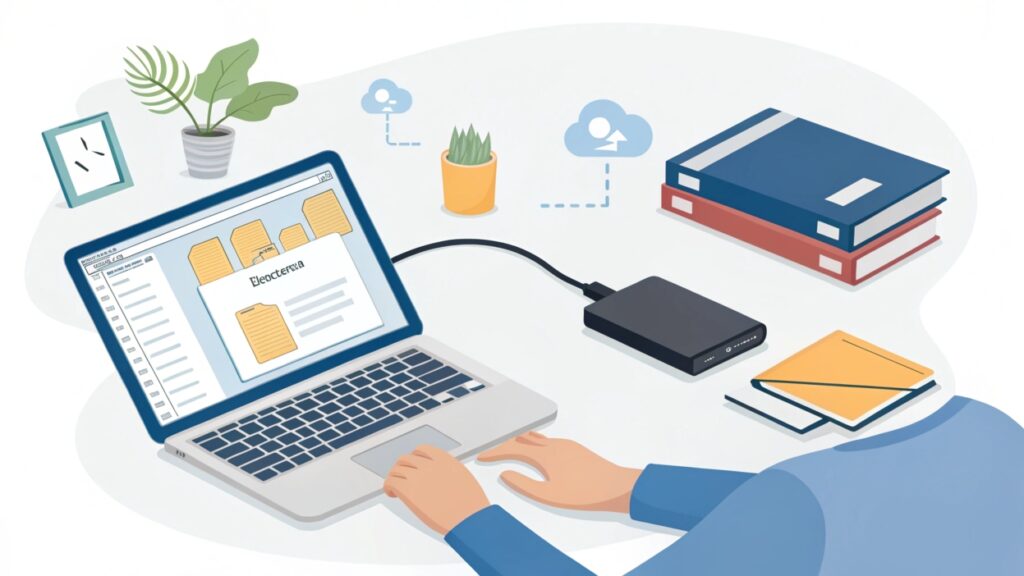How to Ensure Data Security in an LMS App?
In today’s digital era, data security has become a critical concern for both individuals and organizations. This applies especially to those who use Learning Management System (LMS) apps for educational or training purposes.
With the increasing sophistication of cyber threats, it is crucial to take proactive measures to protect sensitive information stored within an LMS app. In this blog, we will explore some best practices to ensure data security in your LMS app.
I. Choose a Reliable LMS App
Selecting the right LMS app is the first step towards ensuring data security. Look for a reputable provider that prioritizes data protection and has robust security features in place. Take your time to research different apps, read user reviews, and pay attention to inquire about their security certifications.
II. Implement Strong User Authentication
One of the primary vulnerabilities in any application lies in weak user authentication methods. To avoid unauthorized access and protect sensitive data, employ strong user authentication mechanisms within your LMS app. This may include using multi-factor authentication (MFA), such as a combination of passwords and biometrics.
III. Regularly Update and Patch Your LMS App
Software vulnerabilities can make your LMS app an easy target for cyberattacks. Ensure that you keep your app up-to-date with the latest patches and updates offered by the app provider. These updates often address known vulnerabilities or weaknesses within the software, making it crucial to install them as soon as they become available.
IV. Encrypt Data Transmission and Storage
To secure data during transmission between users’ devices and your LMS servers, employ encryption protocols such as SSL/TLS certificates. Encryption ensures that even if intercepted by hackers maliciously attempting to access sensitive information, the encrypted data remains unreadable without the proper decryption keys.
V. Regularly Backup Your Data
Apart from implementing strong security measures, regular backups ensure continuity in case of a security breach or data loss. Implement automated backup procedures and store backups in multiple secure locations, such as offline storage or cloud-based services. This way, even if something goes wrong, you can quickly recover your data without disrupting the learning process.

VI. Train Users on Data Security Best Practices
While technology plays a crucial role in securing data, users’ awareness and adherence to best practices are just as important. Equip your learners with knowledge about common cybercrime incidents, such as phishing attacks or weak passwords. Educate them about strong password creation, avoiding suspicious links, and periodically updating their devices’ software. Regularly remind users to be vigilant when handling sensitive information within the LMS app.
VII. Perform Regular Security Audits
Conduct thorough security audits to identify potential vulnerabilities within your LMS app. These audits will outline any weaknesses that need immediate attention and necessary steps to mitigate potential risks. By proactively conducting security audits periodically, you can ensure that your LMS app remains robust against emerging threats.
VIII. Monitor User Activity and Implement Access Controls
Monitoring user activity within your LMS app can help identify any suspicious or unauthorized access attempts quickly. Implement robust access controls that restrict user privileges based on roles and responsibilities. Regularly review user permissions to ensure they are aligned with their job requirements. By closely monitoring user activity and implementing access controls, you can reduce the risk of data breaches and unauthorized activities.
IX. Data Retention, Deletion, and Destruction Policies
Having well-defined data retention, deletion, and destruction policies is essential for data security within an LMS app. Based on legal or regulatory requirements, determine the necessary duration to retain user data, ensuring it is not kept for longer than necessary. Implement mechanisms to securely delete or destroy outdated or unnecessary data from your system. By having clear policies in place, you minimize the chances of retaining sensitive information that could potentially be compromised in the event of a security breach.
Conclusion
Protecting sensitive data within an LMS app is vital for both individuals and organizations relying on eLearning platforms. By employing good selection practices when choosing an LMS provider, implementing strong user authentication, keeping up with software updates, encrypting data transmissions and storage, regularly backing up data, training users on data security practices, and performing regular security audits, you can significantly enhance the security of your LMS app. Following these best practices ensures that learners can confidently engage with your online courses while safeguarding their valuable information from malicious cyber threats.
Remember – staying proactive when it comes to data security is the key to future-proofing your LMS platform!